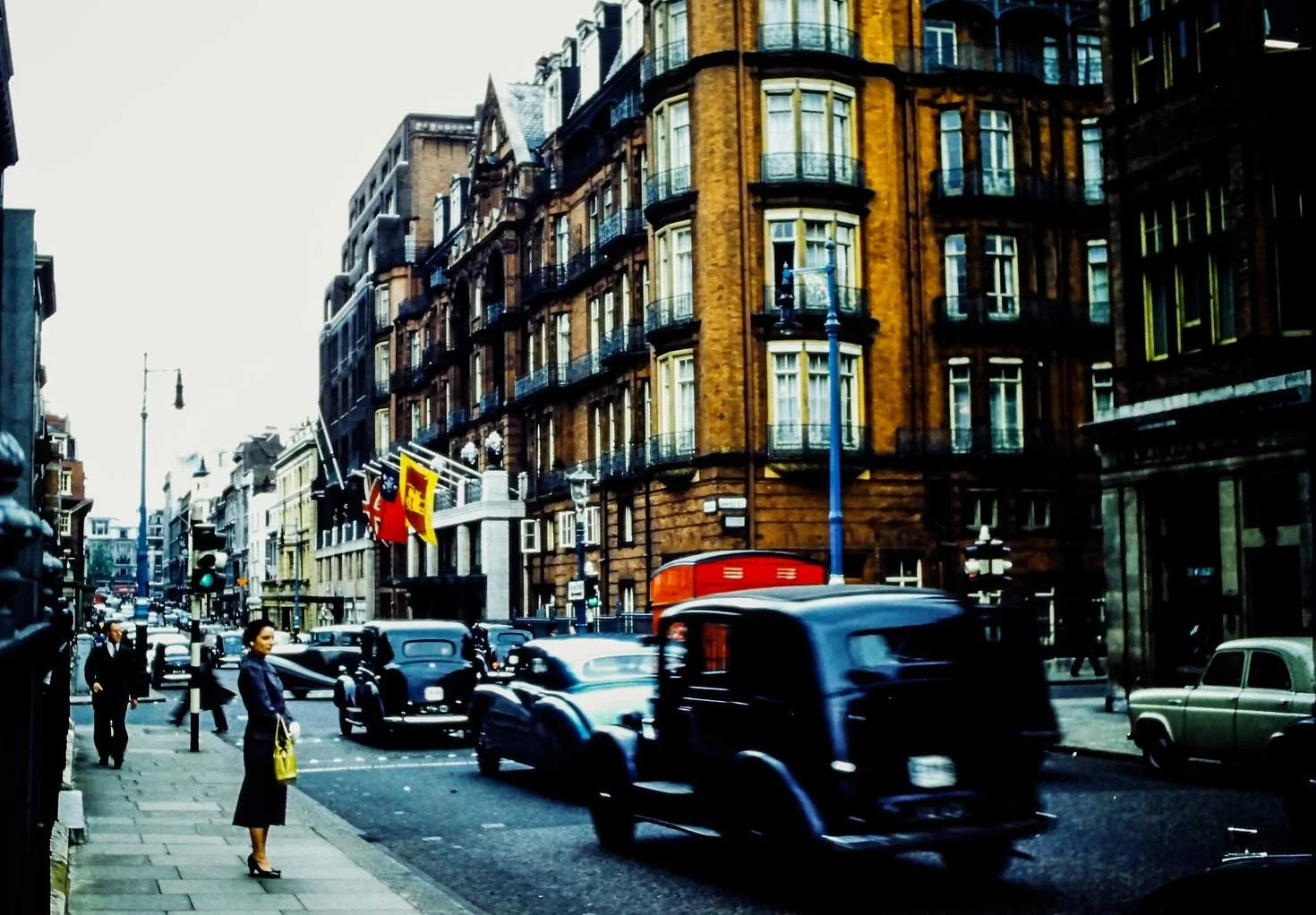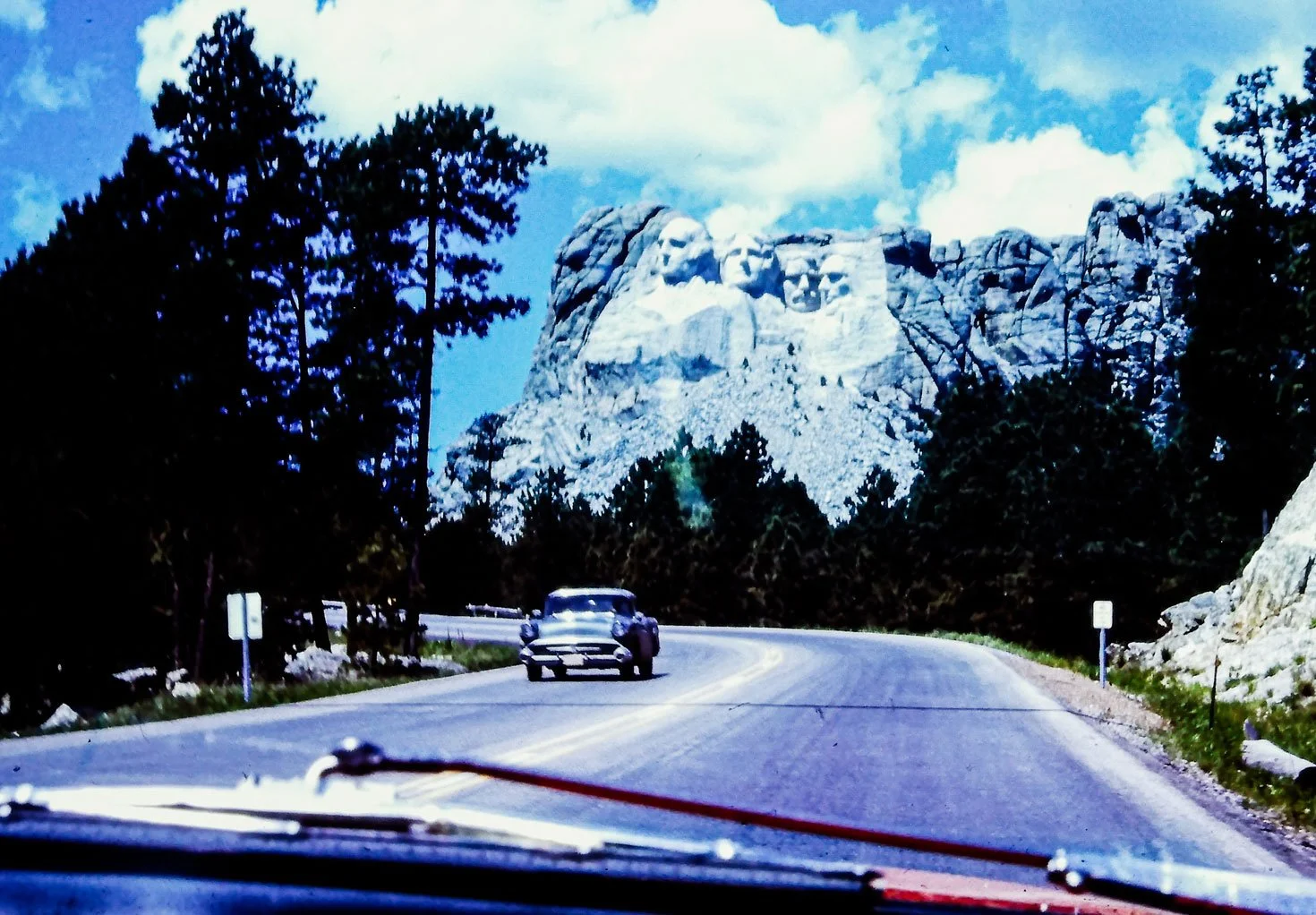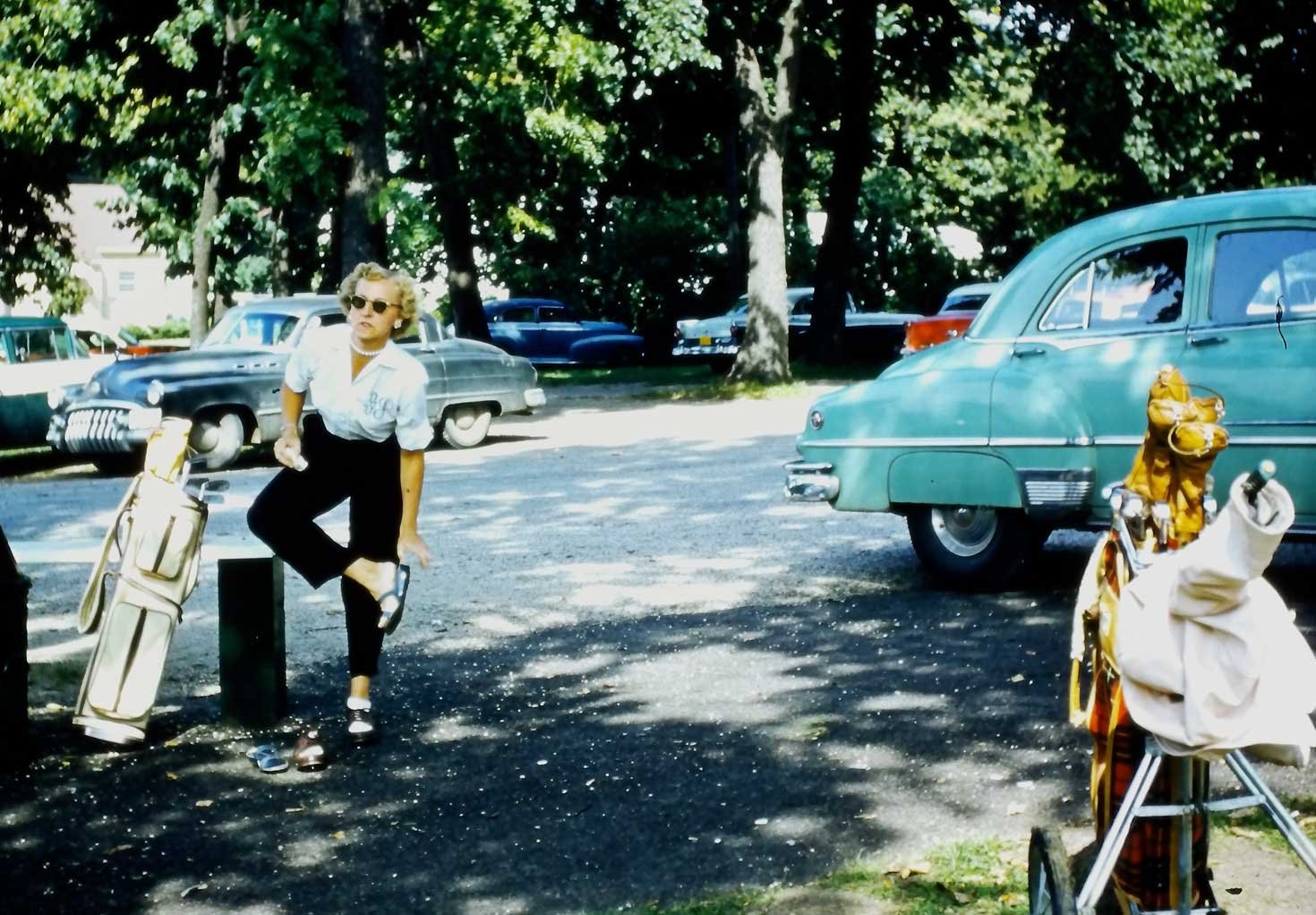The World in Technicolor: A Love Letter to Vintage Slide Film
Red Border Kodachrome slides are desirable by collectors.
I love slides for their beautiful, saturated color but also for the memories - the sentimental mood they put me in when I see a stack of vintage slides. They were popular with photographers back in the day and my dad was an avid shutterbug. As I type, there is a large box of slides to file away from the 1950s-1980s, many from the Pacific NW where I grew up and many from Japan and South Korea where my dad bought his first Hasselblad and began snapping.
All of the images in this post are print outs from my own vintage slide collection.
Before the Age of Instagram…
Before digital pixels and Instagram filters, there was Kodachrome — a jewel of chemistry that rendered the world in dazzling, impossible color. Introduced by Eastman Kodak in 1935, it was the first commercially successful color reversal film, and it changed how we saw everything—from family vacations to National Geographic spreads. Unlike negative film, which produced a muted orange-tinted negative requiring printing to reveal its true colors, slide (or transparency) film created a direct positive image on the film itself. You could hold it up to the light and see the world glowing back at you—rich, crisp, and utterly alive.
Kodachrome: The King of Color
Kodachrome was legendary for its fine grain, exceptional archival stability, and deep, vibrant color palette—especially reds and blues. It wasn’t just a film; it was a mood, immortalized in Paul Simon’s 1973 song “Kodachrome” with its joyful nod to “those nice bright colors.” The film’s complex development process (the famous K-14 process) could only be handled by specialized labs, but photographers agreed it was worth every step. The results glowed with a painterly intensity, and the little cardboard mounts—often stamped with a red border and Kodachrome logo—became icons of the 1950s–70s home slideshow era.
Ektachrome: Kodak’s Cooler Cousin
For those who wanted control closer to home, Kodak also produced Ektachrome, which could be processed in more accessible E-6 chemistry. Ektachrome had a cooler, more neutral tone compared to Kodachrome’s warmth—excellent for fashion, architecture, and editorial work. It offered professionals flexibility without sacrificing the pop and clarity that made slide film so irresistible.
Same image, three color versions: Ektachrome, Velvia, Provia. Velvia in the center, stands out with vivid greens. The Ektachrome and Provia are harder to differentiate in this particular photo but Ektachrome is a little brighter in the bench area and greens. The Provia greens are a little more olive in shade.
Fujifilm: The Lush Landscape Masters
By the 1980s and ’90s, Japan’s Fujifilm gave Kodak serious competition with Provia and Velvia.
Velvia, on the other hand, became a cult favorite among landscape photographers for its hyper-saturated greens, punchy magentas, and sharp contrast. It made sunsets electric and meadows dreamlike, turning even the most ordinary scenes into visual poetry.
Provia was prized for its natural, balanced tones and soft gradation—ideal for portraits or travel photography.
Slide films like these were unforgiving in exposure—your highlights could blow out in an instant—but when you nailed it, the reward was luminous perfection.
London, across the street from Claridge’s Hotel, 1950s. When I first saw this, I thought it must be the 1940s, but the hand written note on the slide case says 1950s. And I guess it does have that ‘The Man Who Knew Too Much’ (Hitchcock movie starring Jimmy Stewart and Doris Day) look about it in fashion and scenery.
The Golden Age of Transparency
From the 1940s through the late 1990s, color slide film reigned supreme in advertising, magazines, and travel photography. Projectors hummed in living rooms across the world as families gathered to relive trips to Rome or Yosemite, the colors shimmering on white walls like portals to another time. The small, handheld slides—glossy, jewel-like—were the original “shareable media,” intimate and glowing with the promise of memory preserved in color.
Mt. Rushmore through the windshield…
Though digital photography ultimately dimmed the projector’s glow, the revival of film culture has brought slide stocks back into niche production. Kodak reintroduced Ektachrome in 2018, and Fujifilm’s Provia and Velvia remain beloved among analog devotees who still chase that unmistakable transparency magic.
Kodachrome image from the 1950s. You can see where the highlights can get blown out with slide film being a little more to exposure. Still lush greens though…
A vintage golfer on a sun-dappled day. Beautiful turquoise and pops of red.
The Magic of Light Itself
What made slide film special wasn’t just its saturation—it was its honesty. There was no negative to reinterpret; the image was the light that passed through your lens, captured forever in vivid chemistry. Slide film was the purest translation of seeing, and the colors still whisper stories from another century: rich reds of Kodachrome skies, the lavender shadows of Velvia mountains, and the cool blue calm of Ektachrome seas.
So if you ever come across a dusty box of slides—red-bordered and glowing when held to the light—pause for a moment. What you’re holding isn’t just film. It’s time, bottled in color.
Last Note…
Slide film and developing is an expensive hobby. Especially today when we’re all used to taking a hundred photos a day on vacation and thinking nothing of it. Why should we? We can just toss the ones we don’t like and it doesn’t cost anything.
Whereas…getting film developed costs both time and money.
But there is something about taking pictures analog style. You begin to really think about what you’re snapping, how you’re framing your shot, the colors. It’s slow living style and it’s well worth trying - whether you’ve never touched a film camera before or you just haven’t since the early 2000s.








